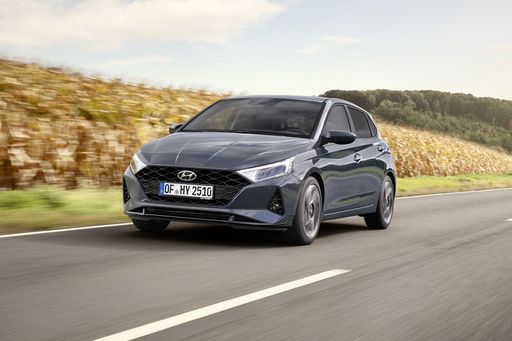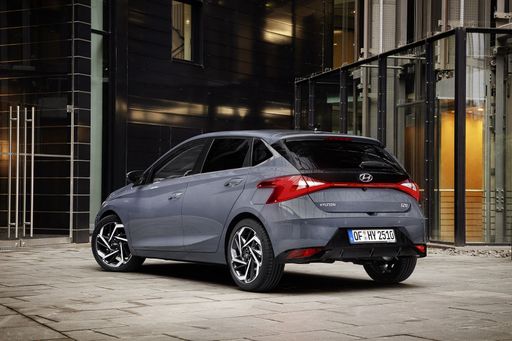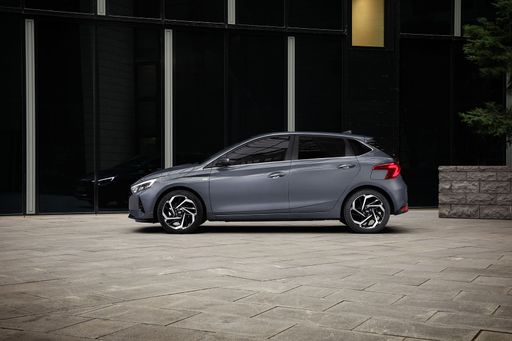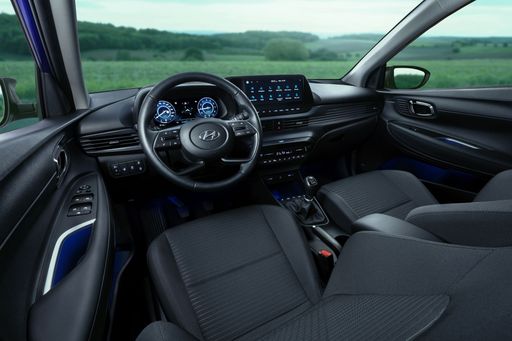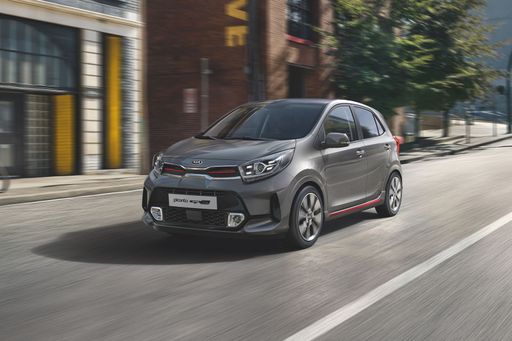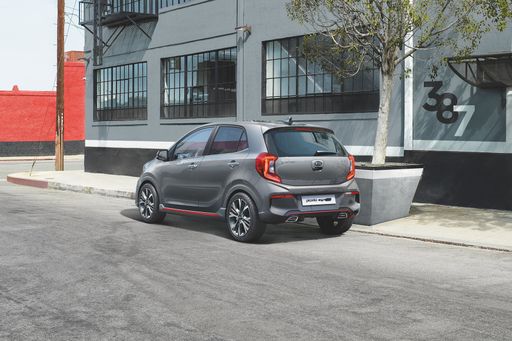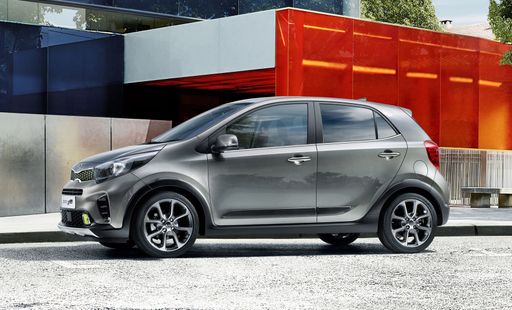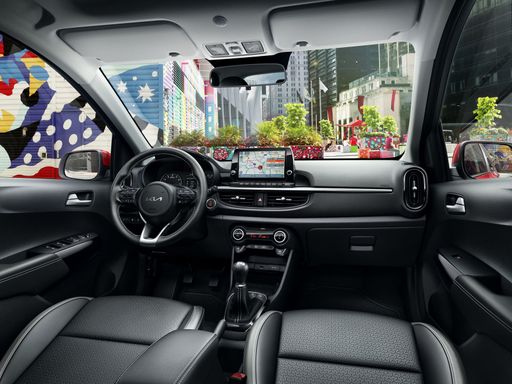Introduction: The Urban Battle - Hyundai i20 vs. Kia Picanto
In the ever-competitive hatchback segment, the Hyundai i20 and Kia Picanto stand out as popular choices among city dwellers seeking practicality, efficiency, and style. As both vehicles enter the 2024 market, we examine their technical specifications and innovations, providing a comprehensive comparison to help potential buyers decide which car suits their needs best.

